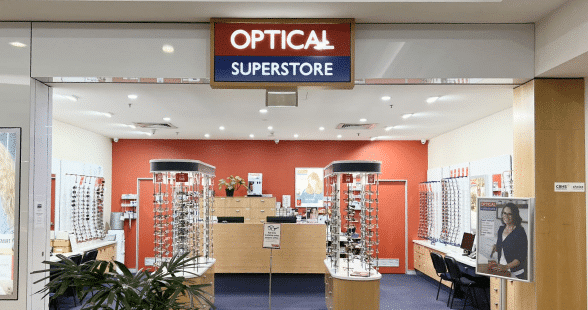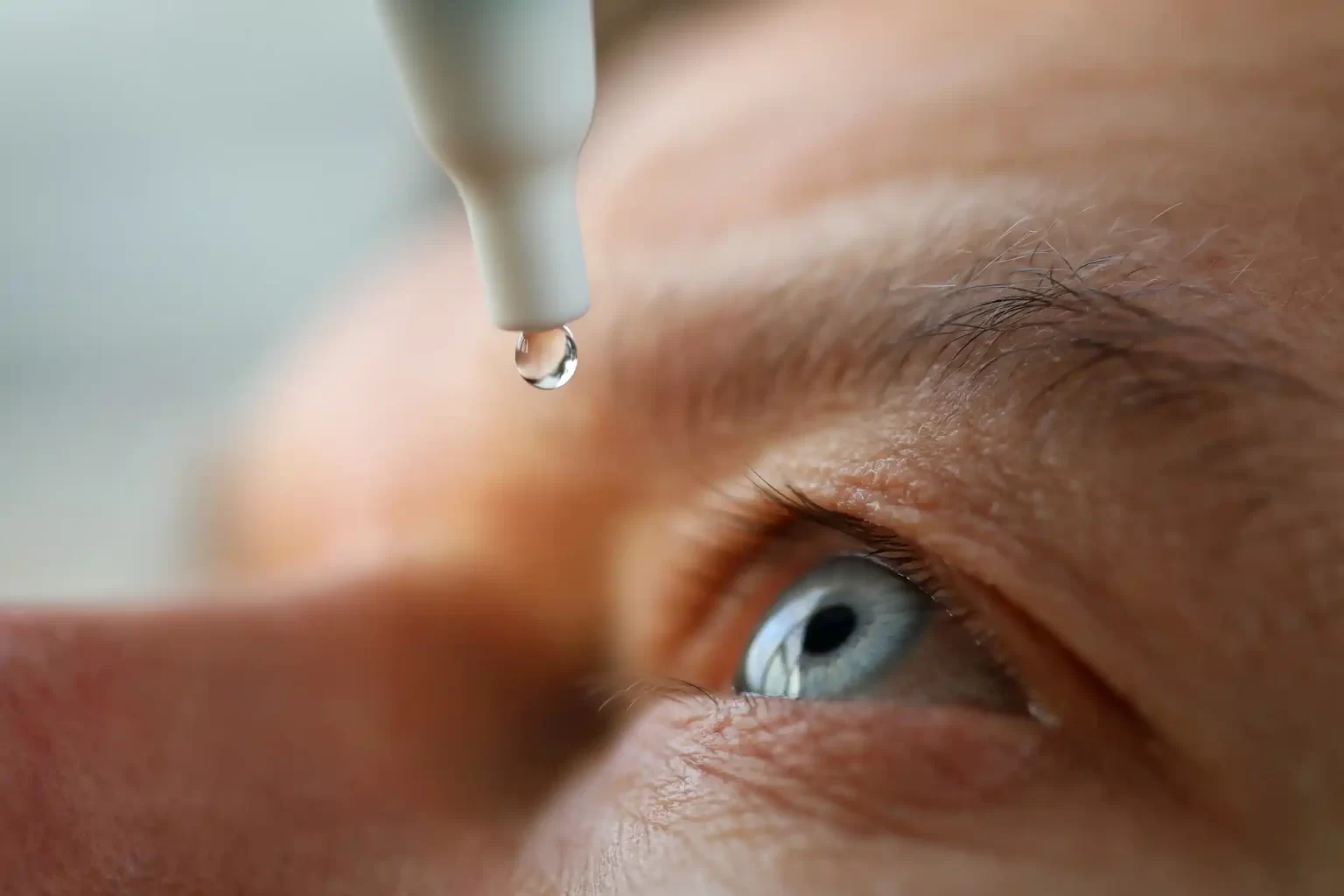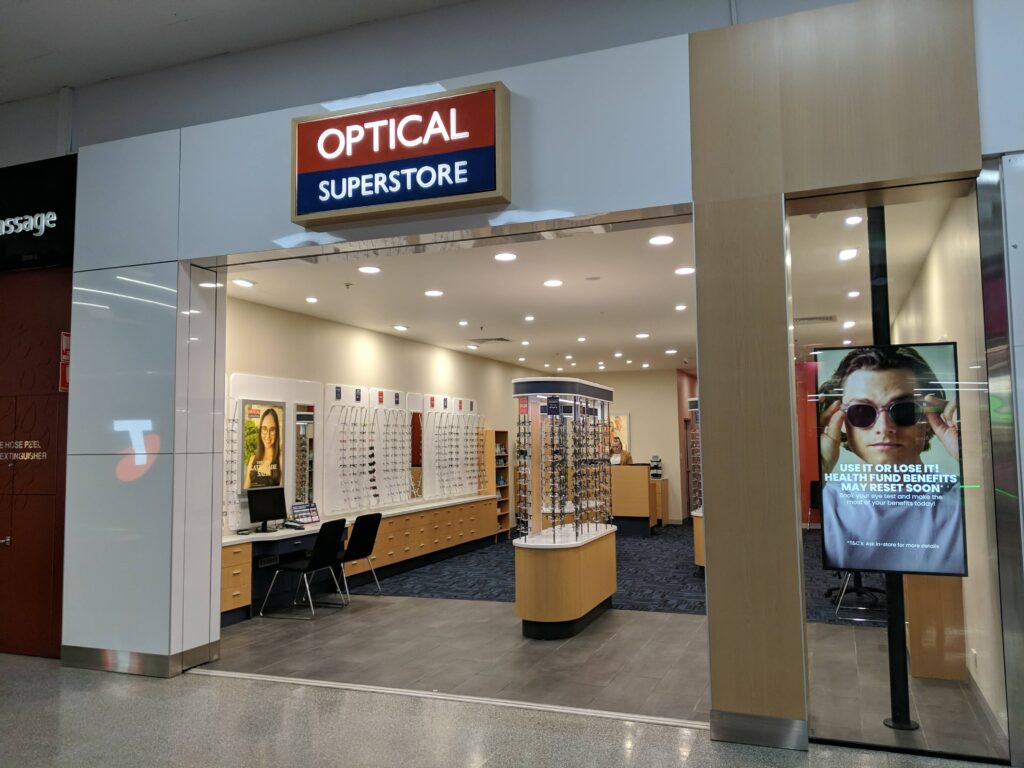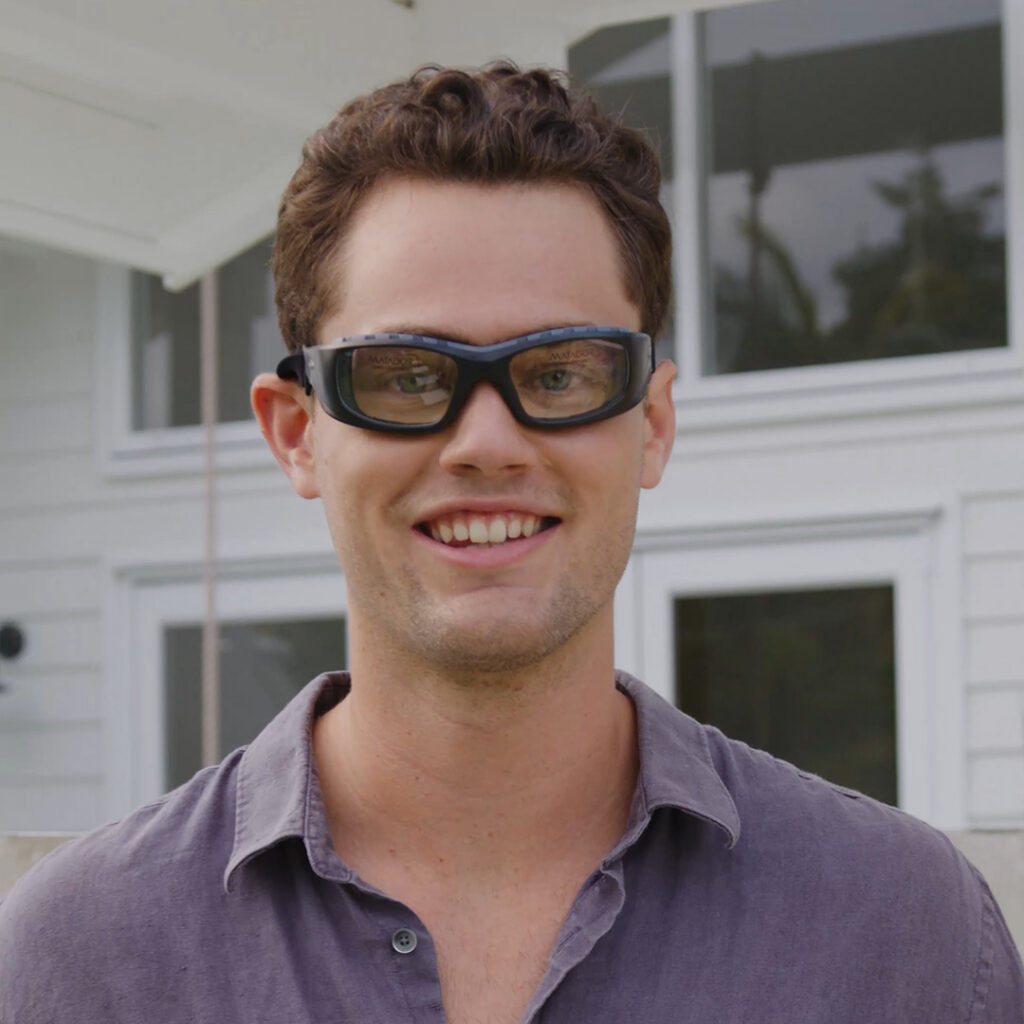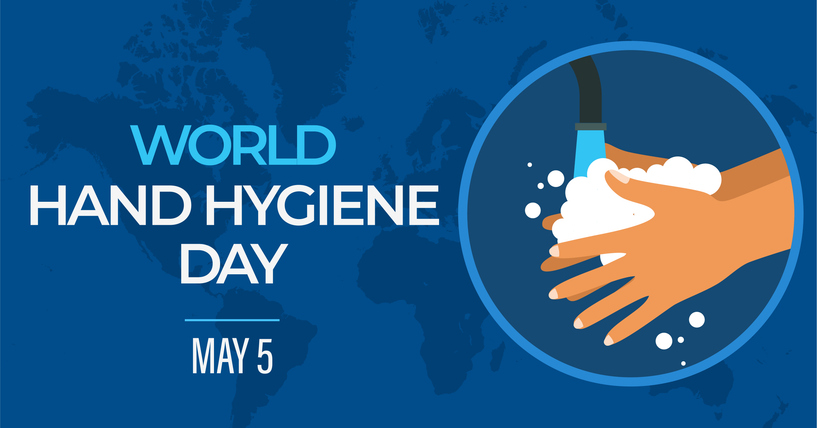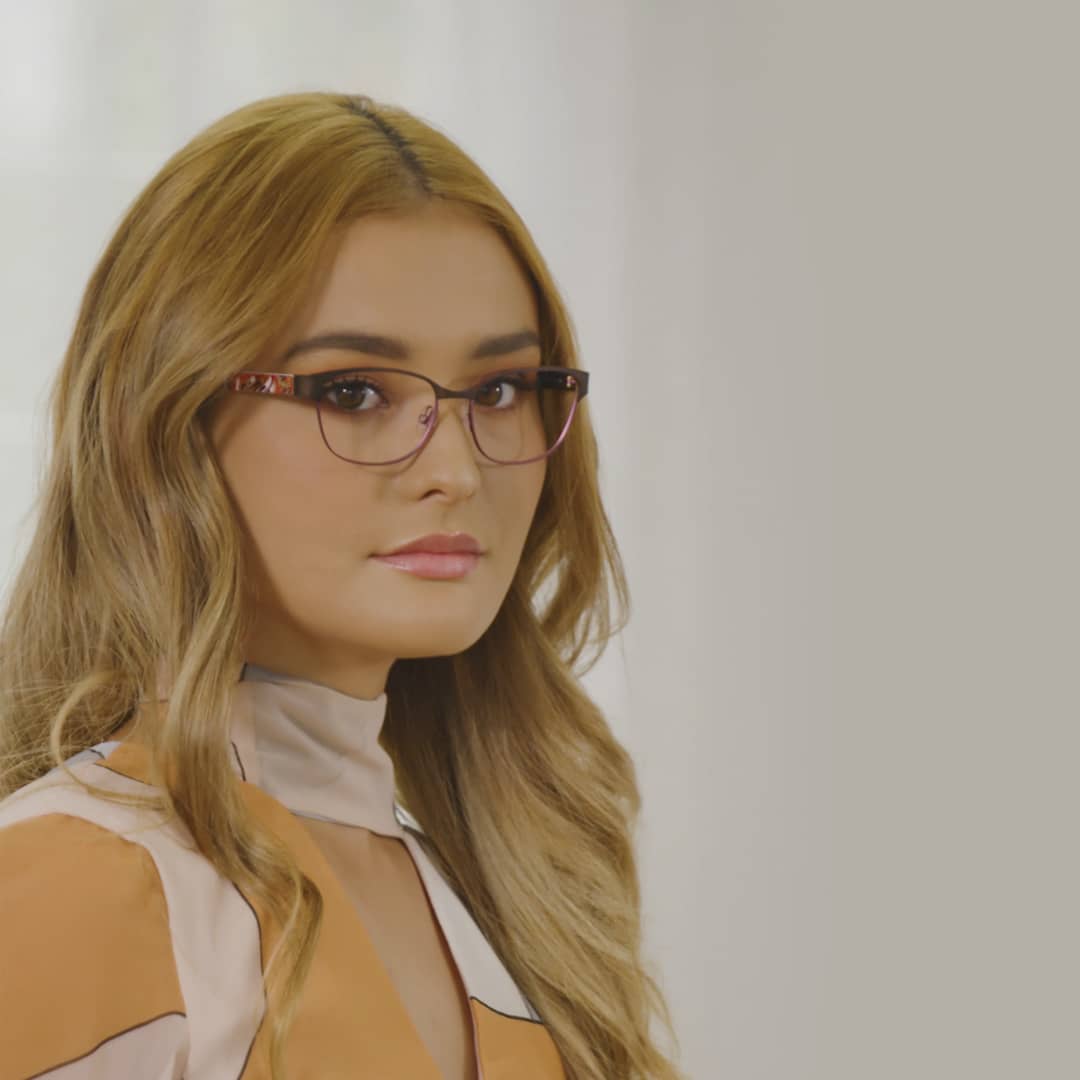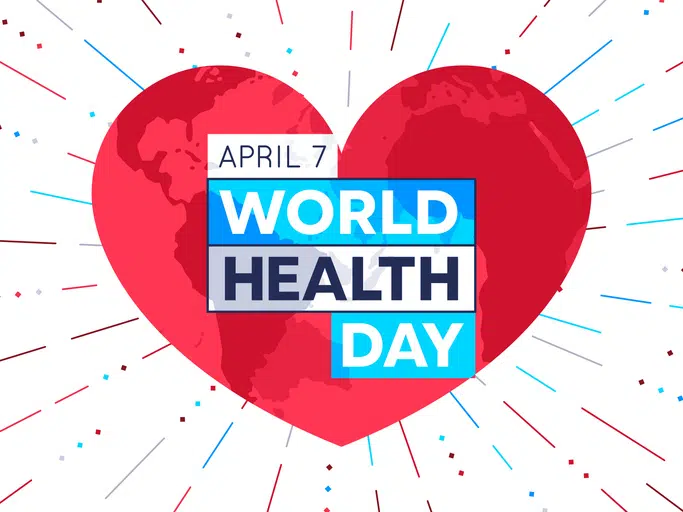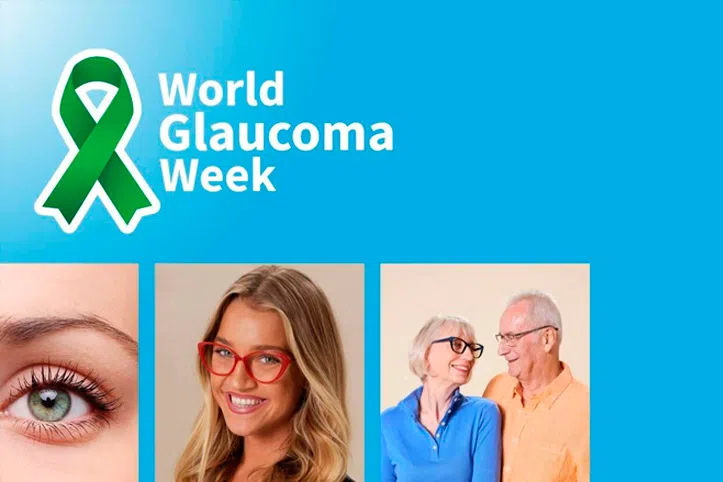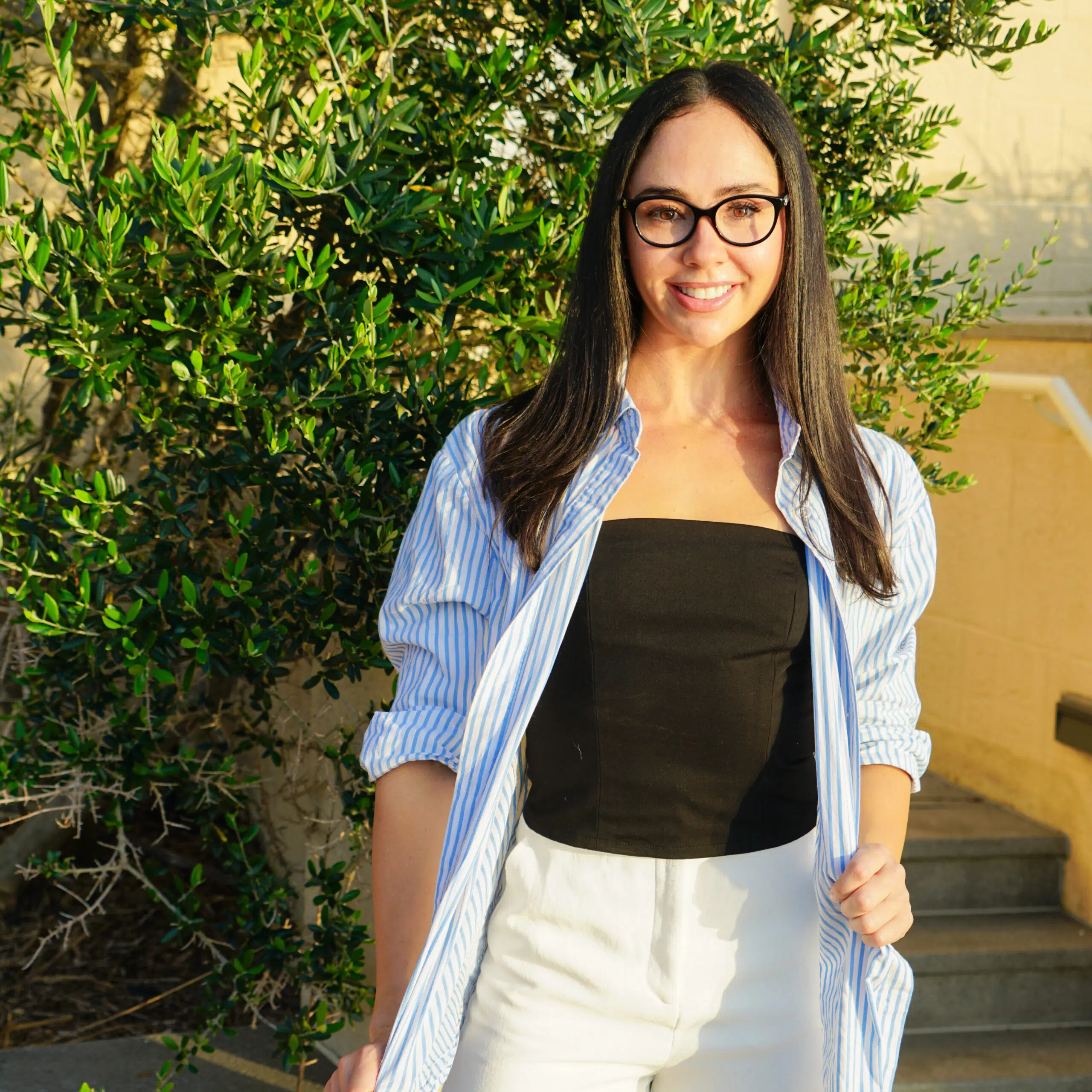The 5 Things You Must Know About Multifocal Contact Lenses
Here, we discuss the five of the most commonly asked questions about Multifocal Contact Lenses:
- What are they?
- How do they work?
- Are they better than multifocal glasses?
- Would they suit you?
- What do they cost?
Let’s get into it!
Question 1: What are Multifocal Contact Lenses?
What You Probably Already Know
When we talk about contact lenses generally, you likely think of single vision contact lenses—one power in the lens correcting either distance or near vision for the wearer (just like how single vision glasses work). You might wear them yourself or know someone who does. Many contact lens wearers love them because others can’t tell they even have lenses in.
What You Probably Don’t Know
Multifocal lenses take corrective vision to the next level for contact lenses as they enable the wearer to see clearly at multiple distances (again, in a similar way to multifocal glasses), offering consistently reliable visual support and flexibility for the wearer.
So how do they work?
Question 2: How Do Multifocal Contact Lenses Work?
These lenses incorporate zones for near, intermediate, and distance vision, similar to progressive eyeglasses. However, a multifocal contact lens layout differs somewhat compared to multifocal glasses. How?
3 Designs of Multifocal Contact Lenses
Here are the three variations in the design of multifocal contact lenses:
- Concentric: This design features a central zone of distance vision prescription. Positioned around this zone is a ‘ring’ of stronger power, giving the wearer a near vision zone. These zones often alternate, offering multiple rings of each power.
- Progressive/Aspheric: This design starts with the central zone for distance and changes gradually outwards, blending an intermediate power and a reading zone furthest from the centre.
- Segmented/Bifocal: Often described as a bifocal contact lens design, a segmented lens has a stronger addition occupying one-half (or close to it) of the lens. A segmented contact lens design is produced by incorporating a prism into the lens design. The beauty of this lens design is that the lens will swing around so the prism sits at the bottom of the lens (ensuring your reading area is naturally positioned).
The variations of design aren’t available across all brands of multifocal contact lenses; however, finding out which design suits the wearer is all part of a “teach & fit” consultation. All how, why, and where questions are answered as part of your appointment before you even consider buying lenses.
Question 3: Are Multifocal Contact Lenses Better Than My Multifocal Glasses?
The answer here largely depends on whether your multifocal glasses need to be doing something better for you visually.
Perhaps you’ve never gotten comfortable with the weight of prescription multifocal sunglasses, or would like the freedom to wear non-prescription sunglasses. Contact lenses also have significant benefits for participating in sport and can be ideal for special occasions such as weddings and formals.
Multifocal contact lenses can provide excellent options for lifestyle changes and might be well worth considering for both practical and aesthetic reasons.
Question 4: Would Contact Lenses Suit You?
Let’s consider four broad groups of individuals/lifestyles that contact lenses make a lot of sense for. If you resonate with one of these groups, contact lenses may be the change you’re looking for!
For active individuals involved in sports or regular exercise, contact lenses offer freedom of movement and clear vision without the hassle of glasses slipping down the nose. They provide a wide field of view, enhancing the overall sports or workout experience.
Professionals who require a polished appearance, especially those working in client-facing roles, often find contact lenses to be a seamless choice. Without glasses frames, facial features are more pronounced, allowing for a natural look that can be important in professional settings.
Moreover, fashion-conscious individuals often prefer contact lenses, as they allow unrestricted use of trendy sunglasses without needing prescription lenses. This flexibility in eyewear choice allows for effortless coordination with different outfits and styles.
Multifocal lenses can support vision needs associated with anyone struggling to see things at close or near positions (whilst having fine distance vision), making them suitable for individuals experiencing presbyopia. This common age-related condition affects the ability of the eyes to converge, making tasks like reading and using smartphones challenging. You may find multifocal contact lenses a more discrete form of vision correction than a new pair of bifocal or multifocal glasses.
Question 5: How Much Are Multifocal Contact Lenses?
For up-to-date pricing, it’s best to contact your nearest Optical Superstore since the many different modalities and quantities of lenses result in varied pricing. However, generally we can break the conversation down into two areas:
- Wearing contact lenses full-time, replacing prescription glasses entirely.
- Wearing Contact Lenses part-time, as an addition to your suite of eyewear options.
WEARING CONTACT LENSES FULL-TIME
The beauty of contact lens pricing is that the more you buy at a time, the cheaper the pricing often is per pair. The Optical Superstore regularly offers discounted pricing for 6 and 12-month supplies of contact lenses, ensuring you can switch to contact lenses as your permanent prescription solution with savings in your pocket.
The same ‘bulk-buy’ pricing structure applies to single vision contact lens designs, too, making the conversation worth having with your optometrist for anyone considering switching from eyeglasses to contact lenses.
WEARING CONTACT LENSES PART-TIME
Does this mean that wearing contact lenses part-time has less incentives? No, wearing contact lenses part-time can have some excellent benefits.
For one, there is the luxury of wearing them when you’d like. For fancy events and competitive sports, there can be a lot of value in having “daily disposable” contact lenses on hand. Especially knowing it’s easy enough to discard them once you’re finished, and switch back to your glasses for general wear.
A shorter supply of contact lenses will last longer, as you’re not wearing them everyday. A monthly supply of disposable lenses (30 pairs) could last you seven months or more when wearing them only as required.
The different types of contact lenses come into play here. By determining the how and why of contact lens wear for you uniquely, we can offer the best pricing for your purchase and lifestyle preferences. With daily disposable, fortnightly wear, and monthly contact lens modalities available, there’s sure to be an ideal option for your needs.
CONTACT LENS CONSULTATIONS
It is essential to assess, discuss, and determine if you are a valid candidate for contact lenses, requiring consultation with an optometrist. You can book this with an independent optometrist at The Optical Superstore.
A contact lens consultation consists of a basic 3-step process:
- An initial consultation, bulk billed to Medicare for eligible cardholders, to check your eye health and optical prescription and discuss how you envision using contact lenses.
- A follow-up where your optometrist will conduct a ‘fit and teach,’ showing you the skills necessary to insert and remove contact lenses, and gauging how the lenses feel for comfort and clarity. This component may have a small out-of-pocket cost. Once you feel comfortable with the process, you can take a small supply of trial contact lenses home and practice inserting, wearing, and removing them.
- Finally, you’ll return for a brief check-in, wearing the contact lenses so the optometrist can see how your eyes look with the lenses in. At this point, a conversation can be had about how you found the process, and any concerns can be addressed, including providing more trial lenses if necessary. If yourself and the optometrist feel happy to proceed, you’ll be all set to make a contact lens order.
BOOK AN EYE TEST NEAR YOU
All major health funds accepted.
Keen to Try Contact Lenses?
Why not book an eye test now with Optical Superstore? You can find your nearest Optical Superstore location below.
OTHER articles
FIND A STORE NEAR YOU
Schedule an appointment with an optometrist. Most eye tests are bulk billed.
